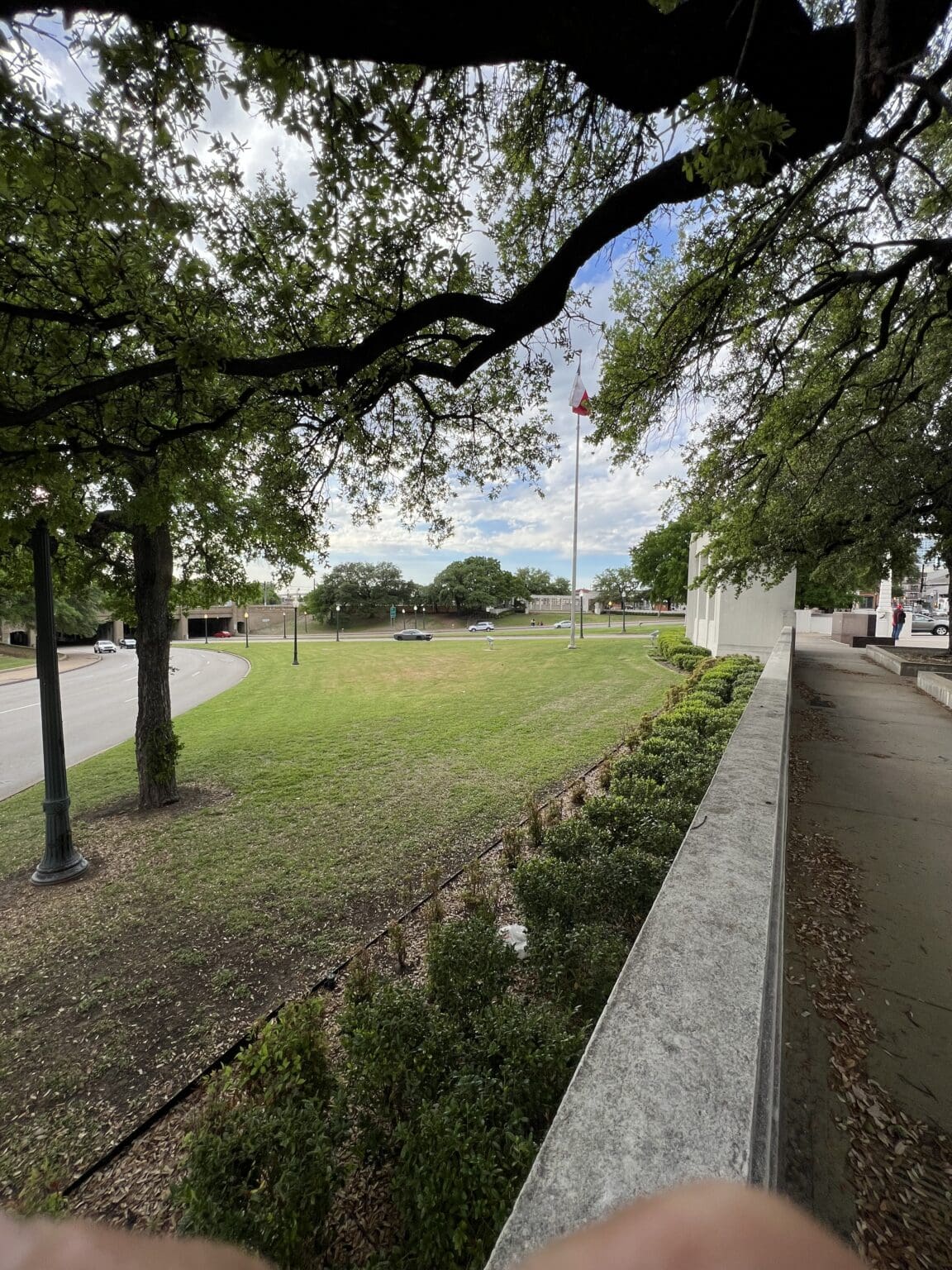The Grassy Knoll: A Pivotal Landmark in American History
Few places in the United States are as steeped in historical intrigue and speculation as the Grassy Knoll in Dealey Plaza, Dallas, Texas. This small, unassuming patch of grass has become one of the most famous landmarks in American history, largely due to its association with the assassination of President John F. Kennedy on November 22, 1963. Over the decades, the Grassy Knoll has become a symbol of the mystery, conspiracy theories, and unanswered questions surrounding that tragic day.
A Moment That Changed America
To understand the significance of the Grassy Knoll, one must first revisit the events of November 22, 1963—a day that forever altered the course of American history. President Kennedy was in Dallas as part of a political tour to rally support for his re-election campaign. As his motorcade traveled through Dealey Plaza, shots rang out, striking the President. Kennedy was fatally wounded, and within hours, the world was in shock.
The official investigation, conducted by the Warren Commission, concluded that Lee Harvey Oswald, acting alone, fired the fatal shots from the sixth floor of the Texas School Book Depository, located on the northeast corner of Dealey Plaza. However, almost immediately, questions arose about the possibility of other shooters and the true origin of the shots that killed the President. The Grassy Knoll, a small hill to the northwest of the motorcade’s route, became a focal point for those who doubted the official story.
The Birth of Conspiracy Theories
Eyewitness accounts, photographs, and the infamous Zapruder film, which captured the assassination on camera, all contributed to the growing belief that shots may have been fired from the Grassy Knoll. Several witnesses reported hearing shots coming from the direction of the Knoll, and some even claimed to have seen smoke or gunmen in the area.
These accounts led to a surge of conspiracy theories suggesting that Oswald did not act alone and that a second shooter may have been positioned on the Grassy Knoll. The idea of a conspiracy was further fueled by inconsistencies and gaps in the official investigation, as well as by various books, documentaries, and films that questioned the findings of the Warren Commission.
One of the most compelling pieces of evidence for those who believe in the Grassy Knoll theory is the acoustic analysis of a police radio recording made during the assassination. Some researchers claim that the recording reveals evidence of multiple gunshots from different directions, including from the Grassy Knoll. While the reliability of this evidence has been debated, it has nonetheless kept the conspiracy theories alive.
The Grassy Knoll Today
Today, the Grassy Knoll is a major tourist attraction, drawing visitors from around the world who come to see the site where history was made. Dealey Plaza itself has been designated a National Historic Landmark, and the area remains largely unchanged since the 1960s, allowing visitors to step back in time and visualize the events of that fateful day.
The Knoll is located just a short distance from the Texas School Book Depository, which now houses The Sixth Floor Museum at Dealey Plaza. The museum offers a comprehensive exploration of the Kennedy assassination, including exhibits on the various conspiracy theories, the investigations, and the cultural impact of Kennedy’s death. Visitors can stand at the exact spot where Oswald is said to have fired the shots and look out over Dealey Plaza, imagining what it might have been like to witness the event in person.
For those visiting the Grassy Knoll, it’s impossible not to reflect on the profound impact the assassination had on the United States and the world. The site serves as a somber reminder of the fragility of life, the complexities of history, and the enduring quest for truth.
A Legacy of Unanswered Questions
The Grassy Knoll remains a symbol of the uncertainty and doubt that surround the Kennedy assassination. Despite numerous investigations, commissions, and inquiries, many questions remain unanswered, and the debate over what really happened in Dealey Plaza continues to this day. The Grassy Knoll is more than just a physical location—it’s a representation of the mysteries that still linger in the American consciousness.
For some, the Grassy Knoll represents a dark chapter in U.S. history, a place where trust in government was irrevocably shaken. For others, it’s a symbol of resilience, a reminder that even in the face of tragedy, the search for truth and justice persists.
Whether you believe in the official account or subscribe to one of the many alternative theories, the Grassy Knoll holds a significant place in the story of America. It challenges us to think critically about history, to question the narratives we’re given, and to recognize the complexities of events that shape our world.
Visiting the Grassy Knoll: A Reflection on History
If you ever find yourself in Dallas, a visit to the Grassy Knoll is more than just a sightseeing stop—it’s an opportunity to engage with a pivotal moment in history. Standing on the Knoll, you can’t help but feel a connection to the past, to the countless lives that were affected by the events of November 22, 1963, and to the ongoing debate about what really happened.
The Grassy Knoll invites contemplation, discussion, and a deeper understanding of the Kennedy assassination and its lasting impact on American society. It’s a place where history and mystery converge, offering a unique perspective on a moment that continues to captivate and intrigue generations.
In the end, the Grassy Knoll is not just about what happened on that fateful day, but about the broader questions it raises about truth, power, and the way we remember our past. Whether you’re a history buff, a conspiracy theorist, or simply a curious traveler, the Grassy Knoll is a site that will leave you pondering long after you’ve left.
Share this post using the icons below.

